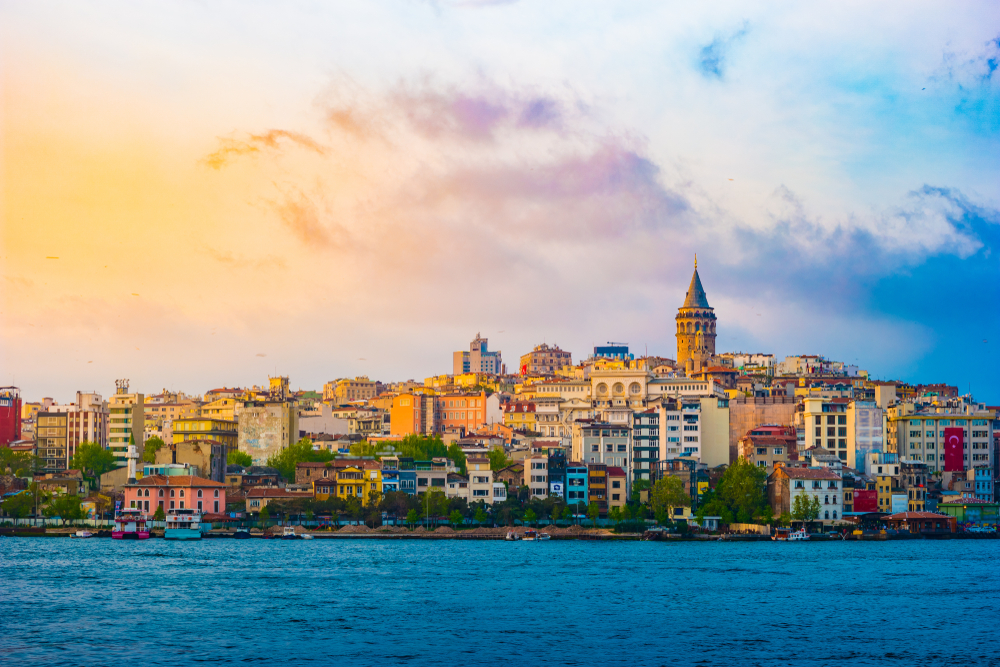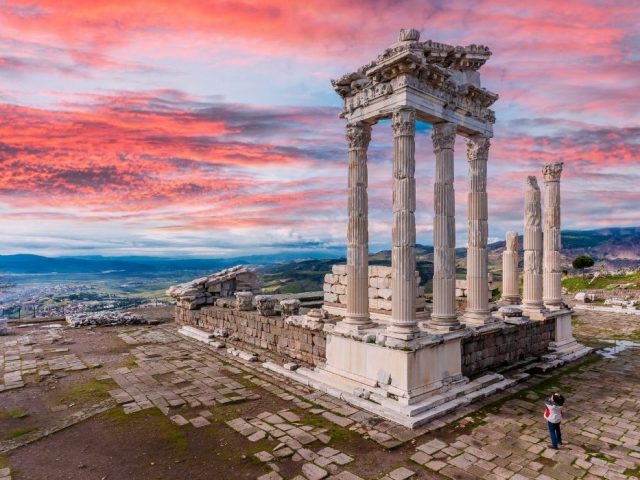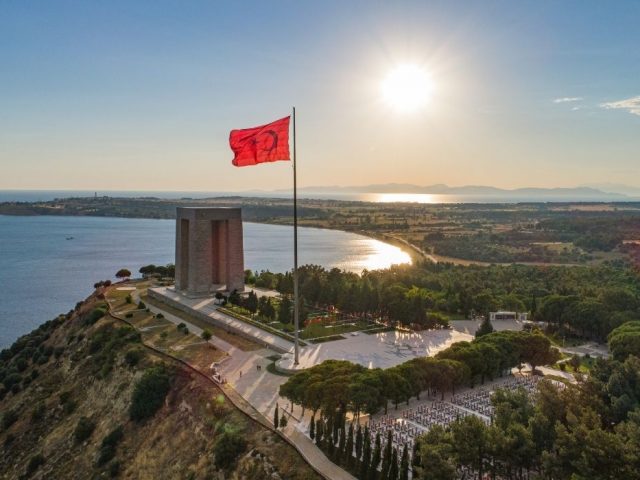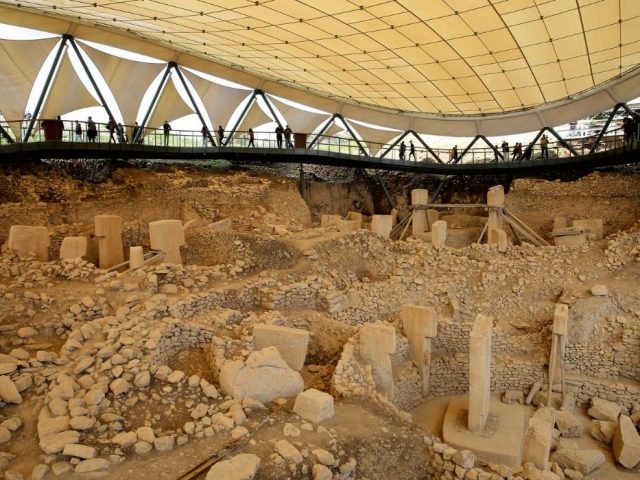When we hear the term “Historical Peninsula” in Istanbul, the first thing that comes to mind for most of us is Sultanahmet. Isn’t that normal? After all, the Hagia Sophia, the Topkapi Palace Museum, and the Blue Mosque are all here! And, of course, there is also the famous Sultanahmet Kofte, a delicious meatball! But it doesn’t just end there. There are many other treasures within the Historical Peninsula, also known as “Surici,” which encompasses the entire Fatih district!

Where is the Historical Peninsula of Istanbul?
The Historical Peninsula, also known as Surici (Fatih), is on the European side of Istanbul. The Marmara Sea, the Golden Horn, and the Istanbul Strait surround the west border of the region. It has city walls from the Byzantine period, which is why it also has the name “Surici”. The Marmara Sea, the Golden Horn, and the Istanbul Strait surround the west border of the region.
When to Go to the Historical Peninsula of Istanbul?
Any day is a good day to visit Istanbul! If you are a local resident, you can consider it as a day that you are available 😊 For those planning a visit to Istanbul, we recommend the autumn season. There are even songs written about “Istanbul’da Sonbahar” (Autumun in Istanbul) by Teoman. However, don’t forget to pay attention to the opening and closing hours of the museums before setting out.
How to Go to the Historical Peninsula
You can easily reach the Historical Peninsula using all the transportation lines going to the Fatih stops. So, it is really easy to go to the Historical Peninsula. You have many options such as bus, minibus, ferry, or taxi. Even travellers starting from Bursa can directly disembark at the Historical Peninsula using sea buses!
The Name 'The Historical Peninsula'
The Historical Peninsula’s land side is surrounded by the Byzantium city walls, so the citizens have been calling it Surici since Ottoman times. The Historical Peninsula also gets its name from the fact that it was the first settlement area of Istanbul, and people built the city around it. After all, it is a region that houses the history of many cultures.
Places to Visit in the Historical Peninsula of Istanbul
We’ve made a list of must-visit places in the Historical Peninsula. Yet, we should remind you that you can find more on Piri Guide mobile app. Piri Guide detects your location, offers you the best travel routes, and starts telling you the hidden stories of wherever you are. All you have to do is to get your headphones or earbuds and follow the path at your own pace. Then, don’t set out for your trip before downloading the digital travel guide!
Sultanahmet Park

This is really one of the places where you can see the most unusual works of the Historical Peninsula together. In the middle of Sultanahmet Square, you will see the famous Hagia Sophia… Hagia Sophia is considered one of the most important historical works in the world. It has adorned the skies of Istanbul for about 1500 years. It was almost the world’s largest church for 1000 years. Today, you know that St. Peter’s in the Vatican holds that title. But for 1000 years, they could not build a church larger than Hagia Sophia.
The Blue Mosque

The Sultan Ahmet Mosque is one of the city’s important works. It is the mosque that foreigners call the Blue Mosque. The chain here indicates that this is Allah’s house and that horses are not allowed inside.
Just a small historical fact:
Sultan Ahmet I ascended the throne at the age of 14 and ruled for 14 years. He was the youngest sultan of the Ottoman Empire. His wife Kösem and his two sons, IV. Murat and II. Osman, are also in the magnificent tomb next to the mosque.
The Basilica Cistern or Cisterna Basilica

The Basilica Cistern, also known as the Cisterna Basilica, is a large underground cistern located in Istanbul, Turkey. It was built in the 6th century during the reign of the Byzantine Emperor Justinian I to store water for Constantinople. The cistern is an impressive engineering accomplishment, with an area of about 9,800 square meters and a capacity of over 100,000 cubic meters of water. It is supported by 336 marble columns arranged in 12 rows. Each column here is 9 meters tall and around 20 tons.
The cistern is also notable for its architectural features, including the Medusa heads used as decorative elements on the base of some columns. The Basilica Cistern is a popular tourist attraction in Istanbul and is considered one of the city’s most impressive underground structures.
Hagia Sophia

Hagia Sophia is a historical landmark located in Istanbul, Turkey. It was originally built as an Eastern Orthodox cathedral in the 6th century during the reign of the Byzantine Emperor Justinian I. Two Greek architects, Anthemius of Tralles and Isidorus of Miletus, designed the cathedral. The structure is one of the most important architectural achievements in the history of Byzantine architecture. Its massive dome, still one of the largest in the world, was an engineering marvel at the time of its construction and served as a model for later domed structures.
The Istanbul Archaeology Museum

The Istanbul Archaeology Museum consists of two floors. On the first floor, there are sarcophagi from Sidon on display. Valuable travellers, three of these sarcophagi are masterpieces: the Alexander Sarcophagus, the Crying Women Sarcophagus, and the Lycian Sarcophagus.
On the second floor of the Istanbul Archaeology Museum, Hellenistic and Roman-period statues are on exhibit. The most important ones are the statue of Artemis, Marsyas, Poseidon, and Zeus. In addition, pieces brought from regions such as Lycia, Ionia, Caria, Pisidia, and Pamphylia in Anatolia enrich the museum’s lower floor.
The Historical Peninsula is a vast sea with friendly neighborhoods, baths, and the finest details. But you can experience a fantastic tour without missing any details by downloading the Piri Guide mobile app to your phone. Click here to download our app, and don’t forget to have fun!
Also, to experience the charm of Cihangir, you can read A Traveller’s Guide to Cihangir!





